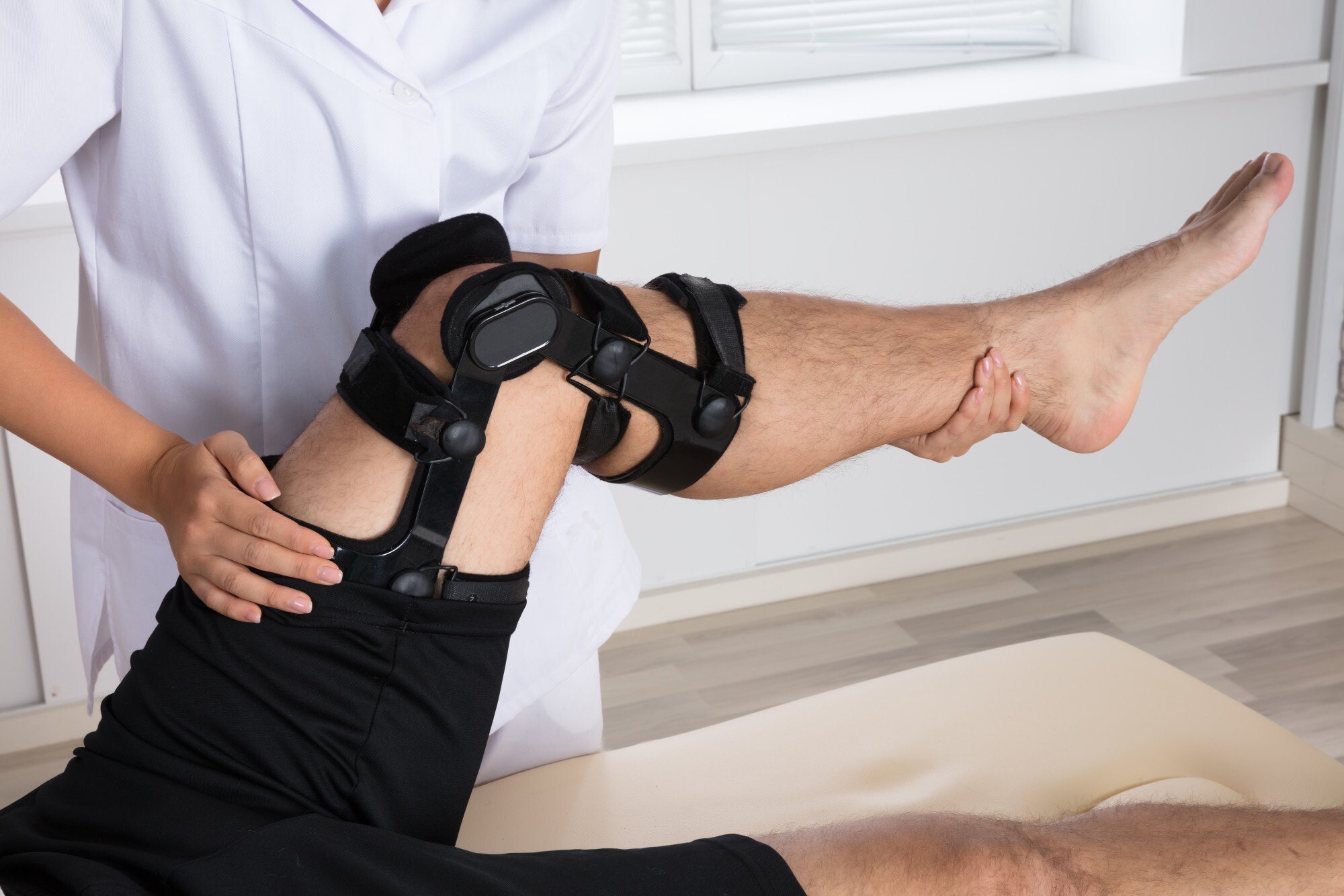Knee Brace - Who Should Wear Them?

Knee braces are a great way for athletes and active adults to help support and protect the knee joints. These special braces can be used to stabilize the patella by reducing stress on the knee cap, the cartilage, and surrounding tissues. A knee brace like this is worn when active and can also be worn during non-active times, such as going about everyday activities. These special knee braces can be a great way to improve knee health, but it is important to understand that these braces can only do so much. The goal of a knee brace is to work with the natural structures of your knee to minimize pain and promote overall stability without significant loss of normal knee motion, thus reducing injury risk. By wearing a brace for an extended period of time, you can achieve much of this.
Knee braces aren't right for everyone: Arthritis isn't the only condition that requires a doctor's intervention, and some other conditions unrelated to knee health may require a visit to the doctor. Arthritis can cause knee pain, instability, and deformity if left untreated; so it's important to discuss your options with a medical professional if you think you're suffering from one of these conditions. This is also true for injuries that occur elsewhere in the body, such as a blow to the head or neck, or even fractures.
If you're suffering from arthritis or another condition, knee braces can help. They can also be helpful for mild knee pain brought on by tendonitis (inflammation of a tendon), bursitis (pain in the bursa between bones), or a dislocated kneecap. These braces can also help with knee replacements due to weakness in the leg muscles or dislocation, or to treat meniscus tears. If you need a knee brace because of a knee injury, remember that it will do nothing to solve the source of the pain: weak leg muscles or a dislocated kneecap.
It's best to wear a knee brace while you're sitting, standing, or walking, and before you go to bed at night. If you've had an injury, you may want to wear it while doing these activities, too. A strap should be worn around the outside of the arm. When it's worn properly, it should be able to stay in place without any friction and should "nest" against the skin on the outside of the arm. If it slips, though, you should take it off immediately and sleep in a towel instead. Click here for more details about knee braces and its advantages.
Many people choose to wear knee braces while they're waiting for a surgery, and this can help lower the risk of an injury. In fact, orthopedic surgeons recommend them for people who've just had knee surgery. After surgery, you can still wear a knee brace for a period of time, up to three months, to help reduce the chance that you'll suffer a relapse of the injury. Even if you haven't had surgery yet, wearing one of these knee braces when you first get out of the hospital can help you avoid problems later on. For people who already have normal knee functionality, wearing one of these braces during the first few days after surgery can help to improve your joint's range of motion and prevent further injury.
People who use knee braces in order to recover from an injury are usually encouraged to wear them for at least six weeks, even though they're not required to. This gives your muscles and tendons the time they need to heal and rebuild themselves, which is usually quicker than if you don't wear them at all. The pain sometimes caused by arthritis can actually be relieved by wearing knee braces, too, since they keep the knee elevated when you move it. You can read about the best knee brace for your particular injury and your goals for recovery here. If you wear them for too long, though, you could end up reducing the effectiveness of them or decreasing their effectiveness altogether. Get more info related to this topic on this page: https://www.encyclopedia.com/sports/sports-fitness-recreation-and-leisure-magazines/orthotics.
